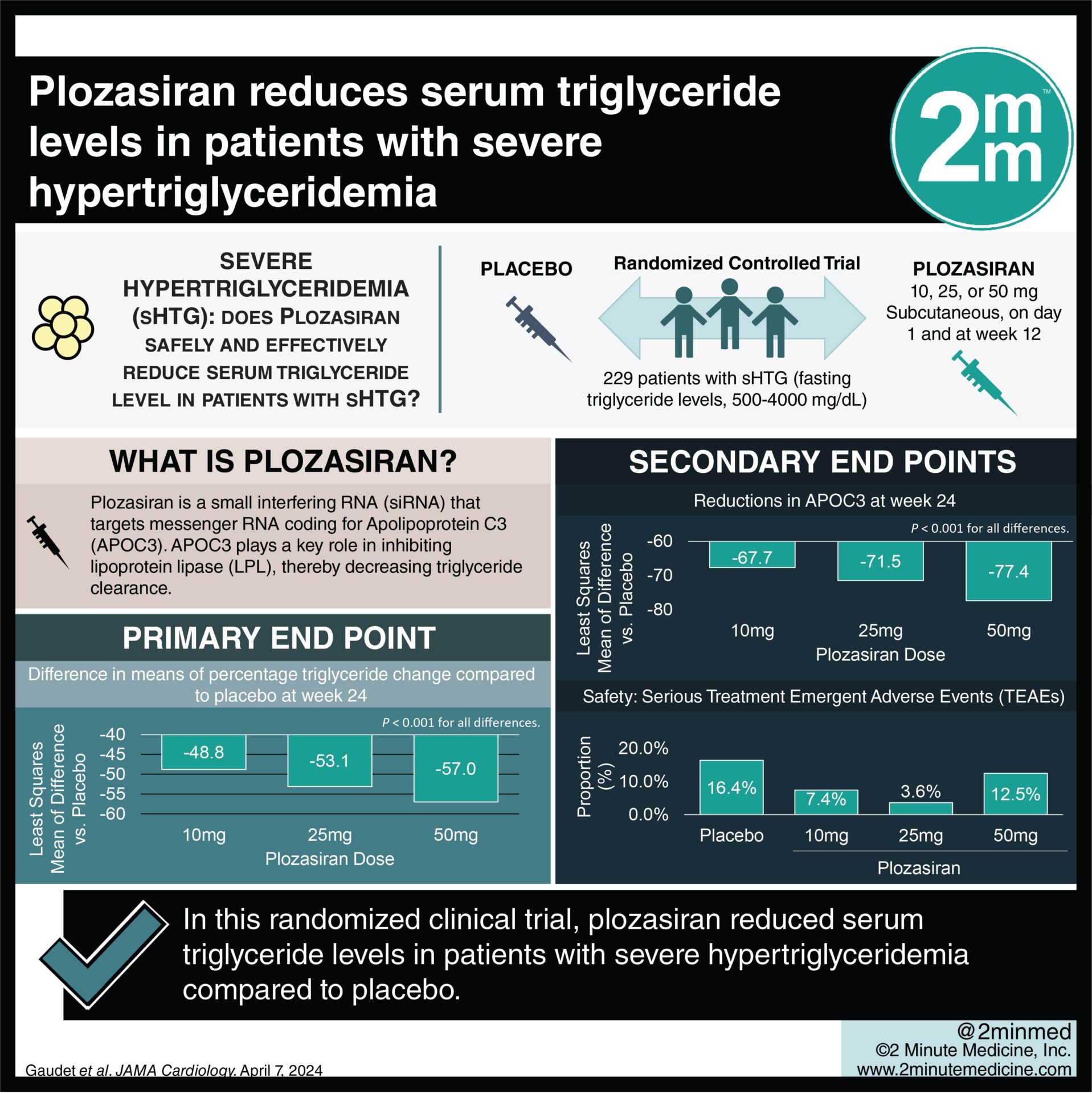The following is a summary of “Prospective cohort study of psoriatic arthritis risk in patients with psoriasis in a real-world psoriasis registry,” published in the December 2022 issue of Dermatology by Ogdie, et al.
Diagnoses and treatments may be influenced by the traits of people with psoriasis (PsO) that indicate when they may develop psoriatic arthritis (PsA). For a study, researchers sought to create a model that could forecast patients with PsO’s 2-year probability of getting PsA.
It was a 24-month follow-up prospective cohort study of participants in the CorEvitas Psoriasis Registry who did not have PsA at enrolment. To predict dermatologist-identified PsA at 24 months, unregularized and regularized logistic regression models were created and evaluated using descriptive data. The area under the receiver operating characteristic curve (AUC), sensitivity, and specificity were used to compare model performance.
There were 1,489 patients altogether. Nine different prediction models were created and put to the test. The ideal model predicted the onset of PsA within 24 months (AUC = 68.9%, sensitivity = 82.9%, specificity = 48.8%) and included the Psoriasis Epidemiology Screening Tool (PEST), body mass index (BMI), modified Rheumatic Disease Comorbidity Index, work status, alcohol use, and patient-reported fatigue. PEST and BMI were included in a sparse model whose performance was comparable (AUC = 68.8%; sensitivity = 92.7%; specificity = 36.5%).
PEST and BMI were significant predictors of PsA development in patients with PsO during a two-year period, serving as the cornerstone for the future development of PsA risk models.

















